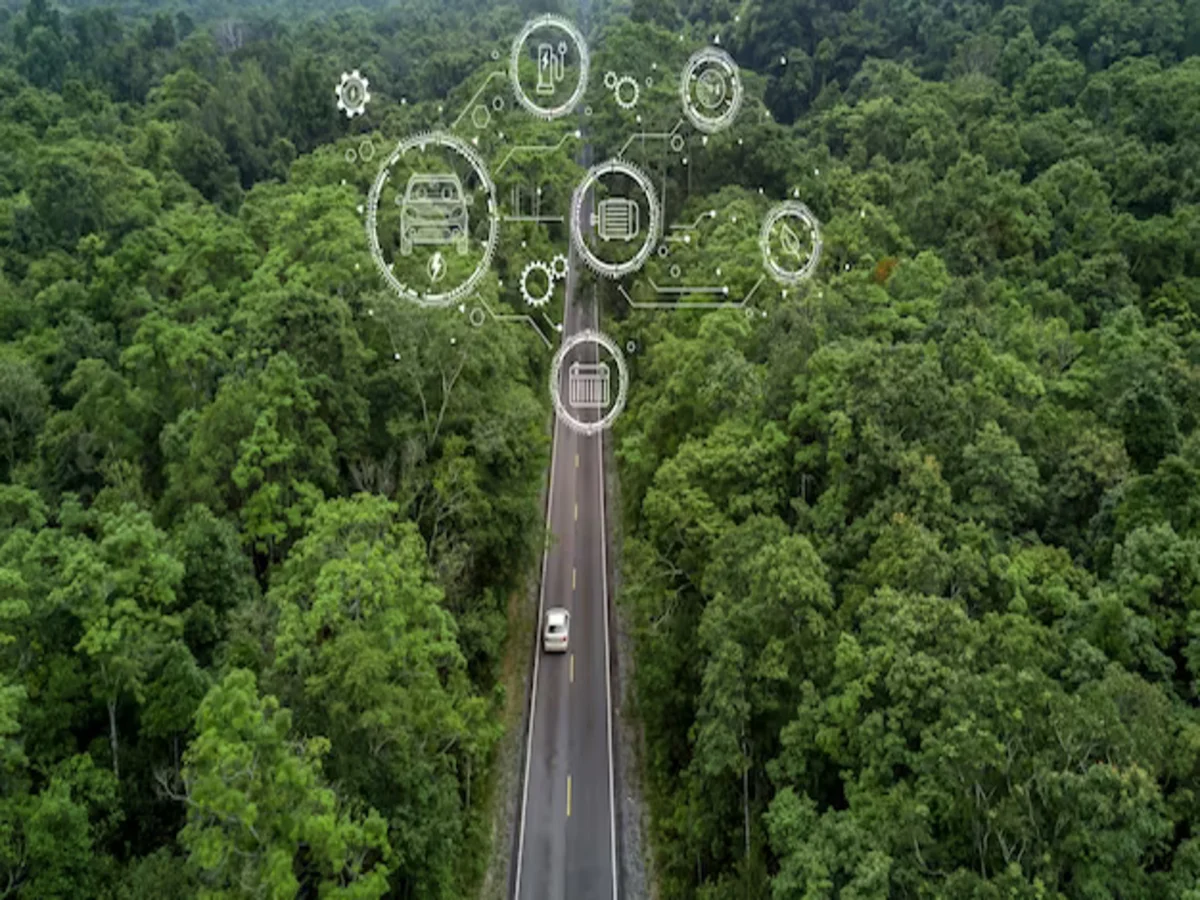Navigating a Greener Future: Highly Sustainable Transportation Systems

In an era marked by growing environmental concerns and the need for reducing carbon emissions, the development of highly sustainable transportation systems has emerged as a crucial aspect of global sustainability efforts. This article delves into the innovative approaches and exemplary practices adopted by some of the world’s most advanced and eco-conscious cities in their pursuit of creating highly sustainable transportation networks. From cutting-edge technologies to community engagement, these systems showcase a blueprint for a greener and more efficient future.
1.Integrating Efficient Public Transit:
Efficient public transportation systems are the backbone of sustainable urban mobility. Cities like Copenhagen and Tokyo have invested in extensive and well-connected networks of buses, trains, and trams. The seamless integration of these modes encourages a shift away from private cars, reducing congestion and carbon emissions.
2.Prioritizing Active Transportation:
Promotion of active transportation modes such as cycling and walking is a hallmark of a sustainable transport system. Cities like Amsterdam and Portland have invested in dedicated cycling lanes and pedestrian-friendly infrastructure. These efforts not only reduce pollution but also promote healthier lifestyles.
3.Electrification of Transport:
Transitioning from fossil-fuel-powered vehicles to electric ones is a key strategy for reducing greenhouse gas emissions. Cities like Oslo and Shenzhen have adopted ambitious plans to electrify public transport fleets, greatly minimizing air pollution and noise while showcasing the potential of electric mobility.
4.Innovations in Shared Mobility:
Shared mobility services like ride-sharing and carpooling contribute to reducing the number of vehicles on the road. With the rise of platforms like BlaBlaCar and Lyft Line, commuters have options beyond individual car ownership, leading to decreased congestion and emissions.
5.Intelligent Transport Systems (ITS):
Smart technologies play a crucial role in optimizing transportation systems. Cities like Singapore have implemented ITS to manage traffic flow, minimize congestion, and reduce fuel consumption. These systems use real-time data and predictive analytics to make transportation more efficient.
6.Investing in Sustainable Infrastructure:
The development of sustainable transport systems relies heavily on well-designed infrastructure. Cities like Curitiba and Bogotá have embraced Bus Rapid Transit (BRT) systems that mimic subway efficiency at a fraction of the cost. These systems prioritize high-capacity vehicles, segregated lanes, and efficient stations.
7.Encouraging Behavior Change:
Efforts to create sustainable transportation systems often involve changing commuter behaviors. Cities employ tactics like congestion pricing, promoting car-free days, and offering incentives for using public transport to encourage people to adopt greener travel habits.
we can conclude this, As cities around the world grapple with the challenges of urbanization and environmental degradation, the implementation of highly sustainable transportation systems emerges as a beacon of hope. By integrating efficient public transit, promoting active transportation, electrifying fleets, embracing shared mobility, leveraging intelligent transport systems, and investing in sustainable infrastructure, these cities demonstrate that a greener future is not only possible but also within our grasp. The lessons and innovations from these pioneers serve as inspiration for other urban centers striving to navigate a more sustainable path forward.
FAQs
1.What are highly sustainable transportation systems?
Highly sustainable transportation systems are those that prioritize environmentally friendly and efficient modes of travel while minimizing their impact on the planet. These systems encompass a range of strategies, from promoting public transit and active transportation to electrifying vehicle fleets and leveraging smart technologies to optimize traffic flow.
2.How do cities encourage people to use public transport over private cars?
Cities encourage the use of public transport by creating well-connected networks of buses, trains, and trams that provide convenient and reliable options for commuters. They also implement measures like congestion pricing, car-free days, and offering incentives such as discounted fares or loyalty programs to motivate people to choose public transport over private cars.
3.What role do electric vehicles play in sustainable transportation systems?
Electric vehicles (EVs) are a pivotal component of sustainable transportation systems as they significantly reduce greenhouse gas emissions and air pollution compared to traditional gasoline or diesel-powered vehicles. Cities that invest in EV infrastructure, such as charging stations and incentives for EV adoption, contribute to cleaner air and a lower carbon footprint.
4.How do intelligent transport systems (ITS) contribute to sustainability?
Intelligent transport systems (ITS) use technology and data to optimize traffic management, reduce congestion, and enhance the efficiency of transportation networks. By utilizing real-time data and predictive analytics, cities can improve traffic flow, reduce fuel consumption, and ultimately create more sustainable and streamlined transportation systems.
5.What can individuals do to support sustainable transportation?
Individuals can contribute to sustainable transportation by opting for active modes of travel such as cycling and walking for shorter distances. They can also use public transportation, carpooling, or ride-sharing services instead of relying solely on private cars. Additionally, adopting energy-efficient vehicles, reducing unnecessary trips, and supporting policies that promote sustainable transportation can make a significant difference.


